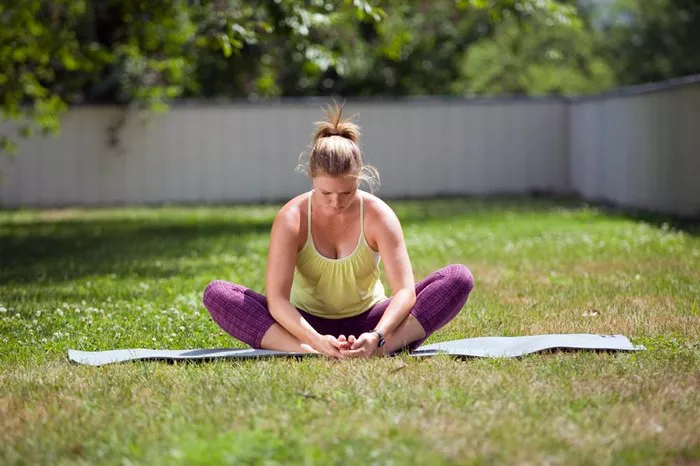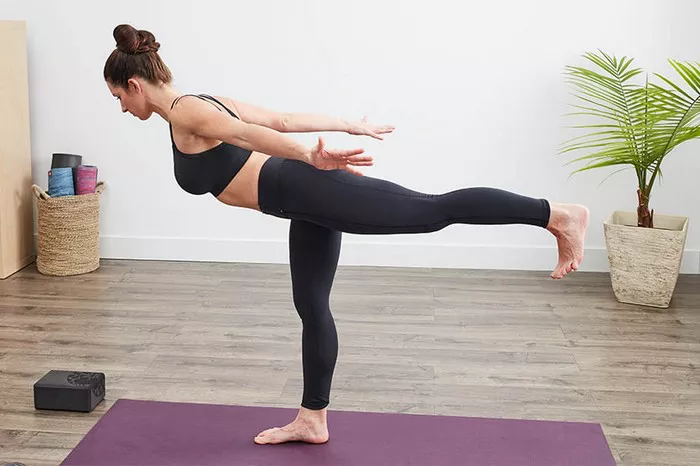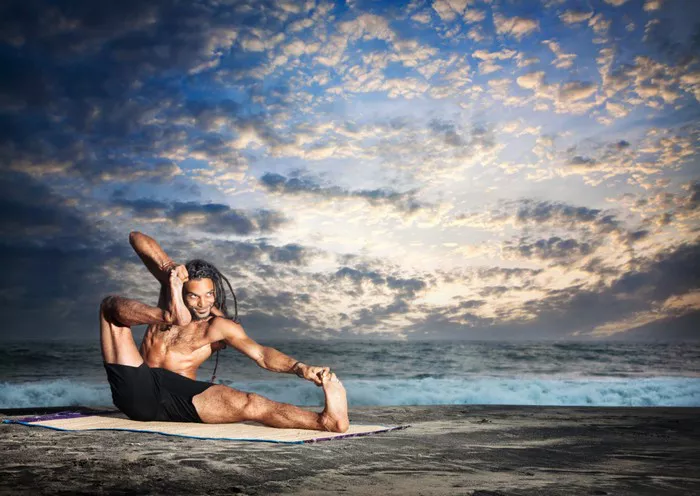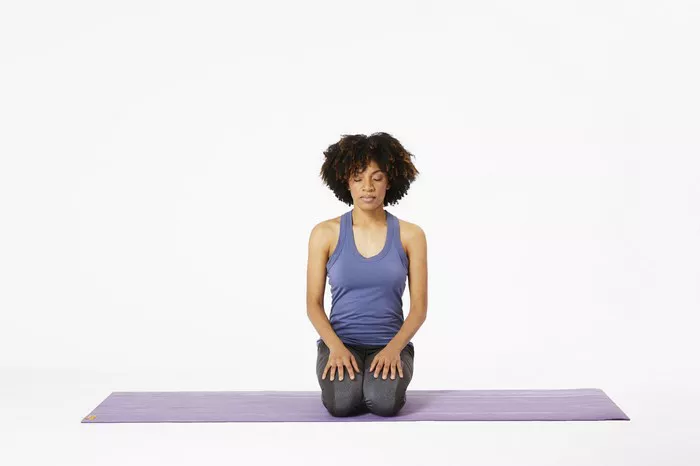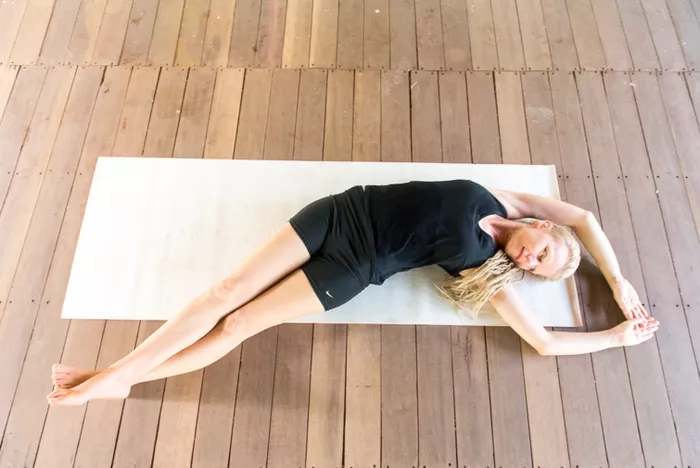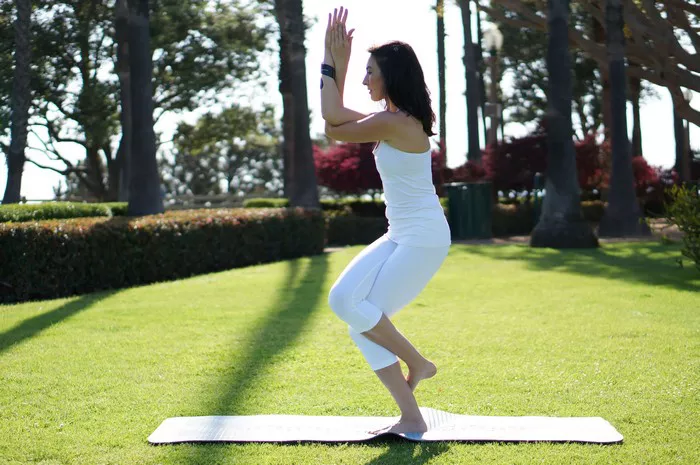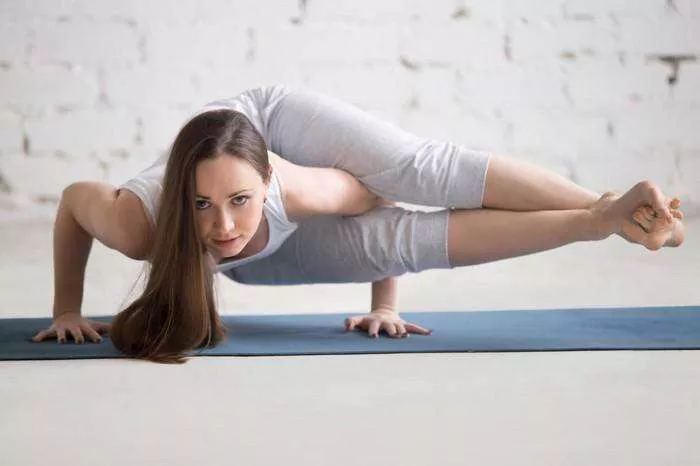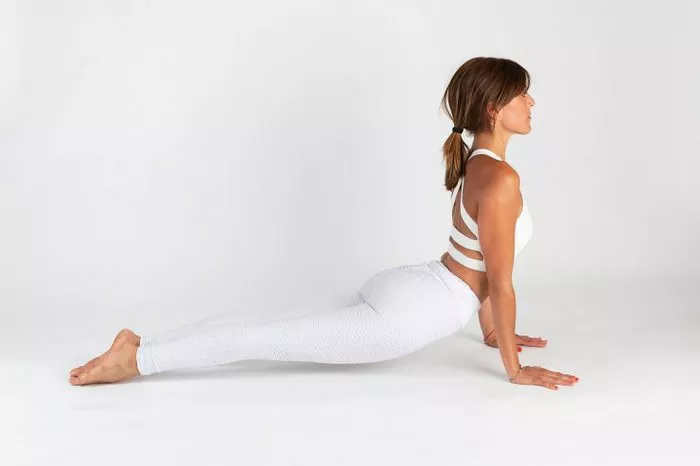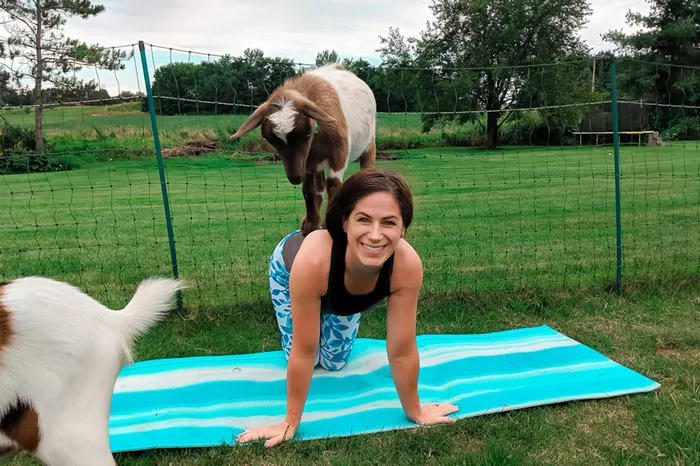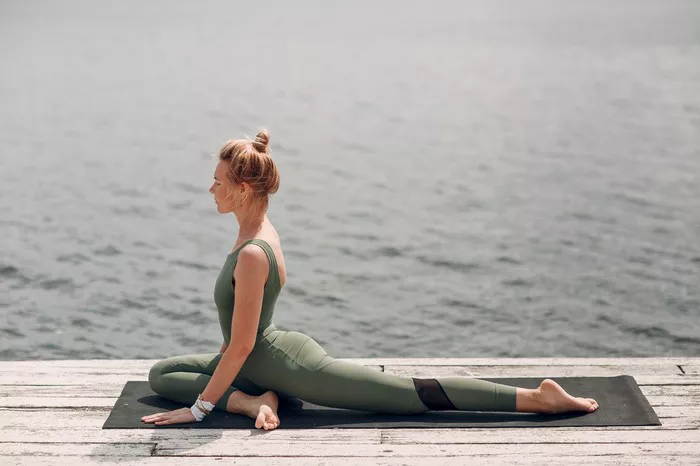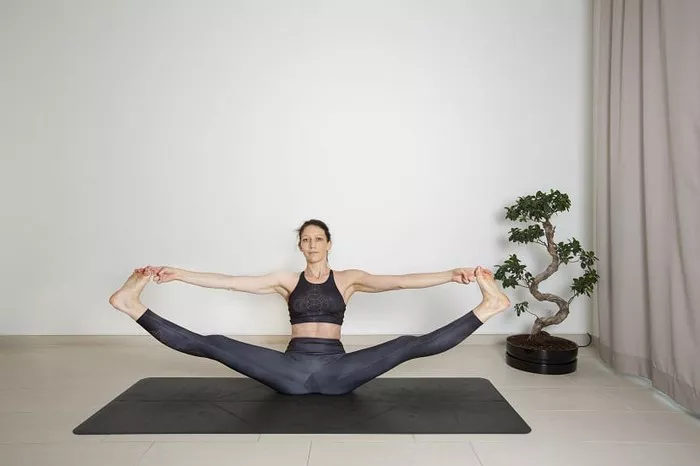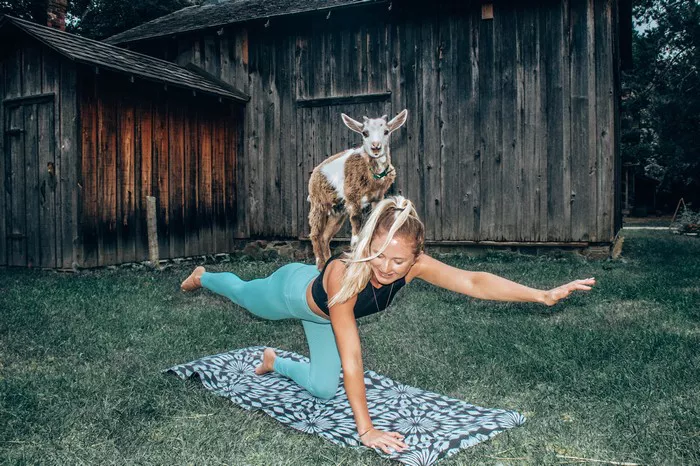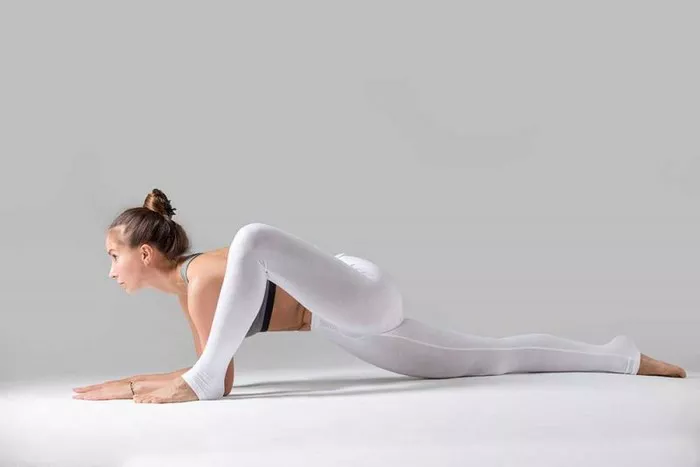Depression is a common yet complex mental health disorder characterized by persistent feelings of sadness, hopelessness, and a loss of interest in daily activities. According to the World Health Organization (WHO), more than 280 million people globally suffer from depression. The condition impacts emotional well-being, cognitive functioning, and even physical health. Symptoms often include fatigue, changes in appetite, disturbed sleep, and difficulty concentrating. Left untreated, depression can significantly impair quality of life and functioning.
Understanding the multifaceted nature of depression is essential before considering treatment options. Biological, psychological, and environmental factors all play a role in its onset and persistence. Traditional treatments include medication, psychotherapy, or a combination of both. However, many individuals are seeking complementary therapies, such as yoga, to manage their symptoms. Among various yoga styles, Iyengar yoga has gained attention for its structured approach and therapeutic benefits.
What Is Iyengar Yoga?
Iyengar yoga is a form of Hatha yoga developed by B.K.S. Iyengar. It emphasizes precision, alignment, and the use of props such as belts, blocks, and bolsters to support the body during asanas (postures). Unlike more dynamic forms of yoga, Iyengar yoga focuses on holding poses for extended periods to deepen awareness and improve stability.
This style is particularly beneficial for beginners, older adults, and individuals with physical limitations. The methodical nature of Iyengar yoga allows practitioners to explore postures safely and effectively. Additionally, instructors undergo rigorous training, ensuring they are well-equipped to address individual needs, including mental health challenges such as depression. Its therapeutic applications make it a unique and accessible practice for many.
The Connection Between Iyengar Yoga and Mental Health
There is a growing body of research suggesting that yoga can positively impact mental health. Iyengar yoga, in particular, offers a supportive and calming environment conducive to emotional healing. It incorporates breath control (pranayama), meditation, and mindful movement, all of which are known to regulate the nervous system and reduce stress.
Practicing Iyengar yoga helps activate the parasympathetic nervous system, promoting relaxation and counteracting the stress response. This physiological shift can lead to lower cortisol levels, improved mood, and a greater sense of well-being. Many practitioners report a decrease in anxiety and depressive symptoms after consistent practice. While it is not a replacement for medical treatment, Iyengar yoga can be a powerful adjunctive therapy.
Expert Insights: Why Iyengar Yoga Stands Out
Several mental health professionals and yoga therapists advocate for the use of Iyengar yoga in managing depression. Its unique characteristics make it particularly suitable for individuals struggling with mood disorders:
- Structured Sequencing: Iyengar classes follow specific sequences designed to target particular physical and mental health conditions.
- Focus on Alignment: Proper alignment reduces physical strain and promotes a sense of grounding and stability.
- Use of Props: Props ensure that each pose is accessible and comfortable, minimizing frustration and enhancing confidence.
- Extended Hold Time: Holding postures longer encourages introspection and mindfulness, key elements in mental health recovery.
- Certified Instruction: Teachers are trained to recognize and adapt to emotional and psychological needs.
These features create a holistic framework where individuals feel supported, seen, and safe to explore their internal experiences without judgment.
Scientific Evidence Supporting Iyengar Yoga for Depression
Emerging research supports the efficacy of Iyengar yoga in reducing depressive symptoms. A study published in the journal Evidence-Based Complementary and Alternative Medicine found that participants who practiced Iyengar yoga twice a week for eight weeks showed significant improvements in mood and anxiety levels.
Another research project by UCLA’s Department of Psychiatry revealed that individuals with Major Depressive Disorder (MDD) experienced decreased symptoms after participating in a 12-week Iyengar yoga program. These outcomes were measured through standardized depression rating scales and supported by qualitative reports of enhanced emotional resilience.
The benefits are attributed to a combination of physical exertion, mindful awareness, and enhanced self-regulation. While more large-scale studies are needed to generalize findings, current data are promising and suggest that Iyengar yoga can be a valuable tool in comprehensive depression care.
Practical Guidelines for Incorporating Iyengar Yoga
For those considering Iyengar yoga as a complementary therapy for depression, the following guidelines can help ensure a beneficial and safe experience:
- Consult a Healthcare Provider: Before starting any new therapy, consult with a medical professional, especially if you are undergoing treatment for depression.
- Find a Certified Iyengar Instructor: Look for teachers certified by the Iyengar Yoga National Association or similar bodies.
- Start Slowly: Begin with beginner-level classes to familiarize yourself with the postures and techniques.
- Communicate Openly: Inform your instructor about any physical or emotional challenges so they can tailor the practice to your needs.
- Be Consistent: Like any therapy, the benefits of Iyengar yoga accrue over time. Aim for regular practice, at least two to three times per week.
- Incorporate Home Practice: Supplement studio sessions with gentle home routines focused on relaxation and breathing.
By following these steps, individuals can maximize the therapeutic potential of Iyengar yoga while ensuring their safety and well-being.
Recommended Poses and Their Benefits
Certain Iyengar yoga poses are particularly effective in alleviating symptoms of depression. These postures are designed to open the chest, improve posture, and facilitate deep breathing, all of which contribute to a more balanced emotional state.
1. Adho Mukha Svanasana (Downward-Facing Dog)
This pose rejuvenates the body, calms the mind, and relieves stress. It encourages blood flow to the brain, enhancing clarity and focus.
2. Setu Bandha Sarvangasana (Supported Bridge Pose)
With the help of props, this pose opens the chest and improves circulation, offering an energizing yet calming effect.
3. Viparita Karani (Legs-Up-the-Wall Pose)
This restorative posture helps reduce anxiety, relieve mild depression, and promote relaxation.
4. Supta Baddha Konasana (Reclining Bound Angle Pose)
A deeply relaxing pose that encourages the opening of the hips and chest, aiding in emotional release and stress reduction.
5. Savasana (Corpse Pose)
Often practiced at the end of a session, Savasana promotes complete relaxation and integration of the practice, reducing mental fatigue and emotional tension.
Practicing these postures regularly, under the guidance of a qualified instructor, can offer tangible emotional and psychological benefits.
Personal Stories: Testimonials from Practitioners
Many individuals have experienced profound changes in their mental health through Iyengar yoga. For instance, Sarah, a 34-year-old marketing professional, reported feeling “more grounded and less overwhelmed” after just six weeks of regular practice. Similarly, James, a retired teacher, shared that Iyengar yoga helped him find a “renewed sense of purpose and joy” during a challenging period of depression.
These testimonials highlight the emotional depth and healing potential of Iyengar yoga. While individual experiences vary, the consistent theme is one of increased self-awareness, emotional balance, and enhanced quality of life. These narratives add a valuable human dimension to the growing body of scientific evidence.
Limitations and Considerations
While Iyengar yoga offers numerous benefits, it is important to acknowledge its limitations. It is not a standalone cure for depression and should not replace professional medical or psychological treatment. Individuals with severe symptoms, suicidal ideation, or co-occurring mental health conditions should seek comprehensive care from licensed providers.
Additionally, not all yoga classes are equal. The quality of instruction can significantly affect outcomes. Improper guidance may lead to physical strain or emotional discomfort. Thus, choosing experienced, certified teachers is crucial. Finally, results vary from person to person, and patience is essential. Consistent practice over time tends to yield the most meaningful changes.
Conclusion
Iyengar yoga holds significant promise as a complementary therapy for depression. Its structured approach, use of props, and emphasis on mindfulness create a safe and effective space for emotional healing. Supported by both anecdotal evidence and scientific studies, Iyengar yoga can enhance traditional treatment modalities and contribute to a more holistic approach to mental health.
When practiced consistently and under proper guidance, Iyengar yoga can foster resilience, improve mood, and deepen self-awareness. While it is not a cure, it serves as a valuable tool in the ongoing journey toward mental wellness. For those seeking a supportive and empowering path to emotional recovery, Iyengar yoga offers both hope and healing.
Related Topics:

